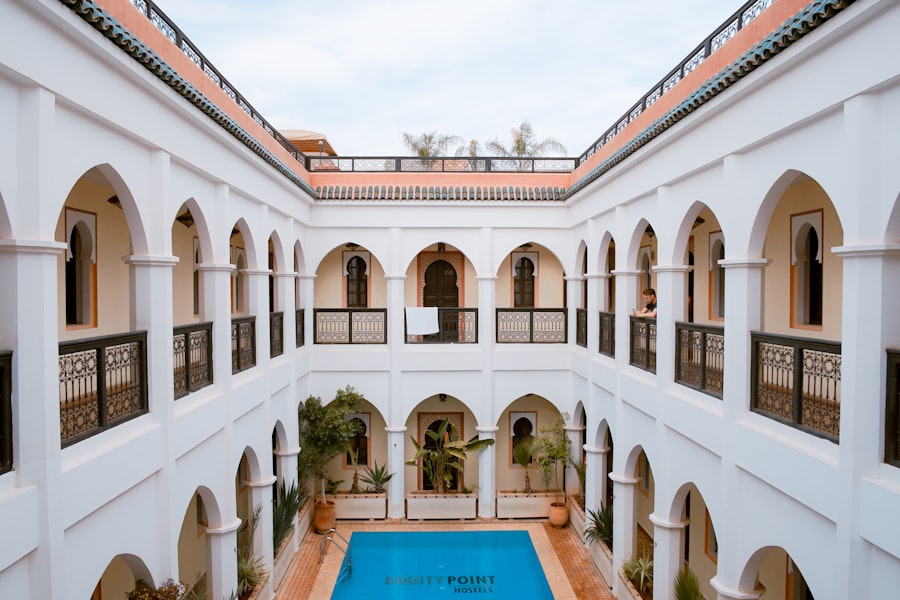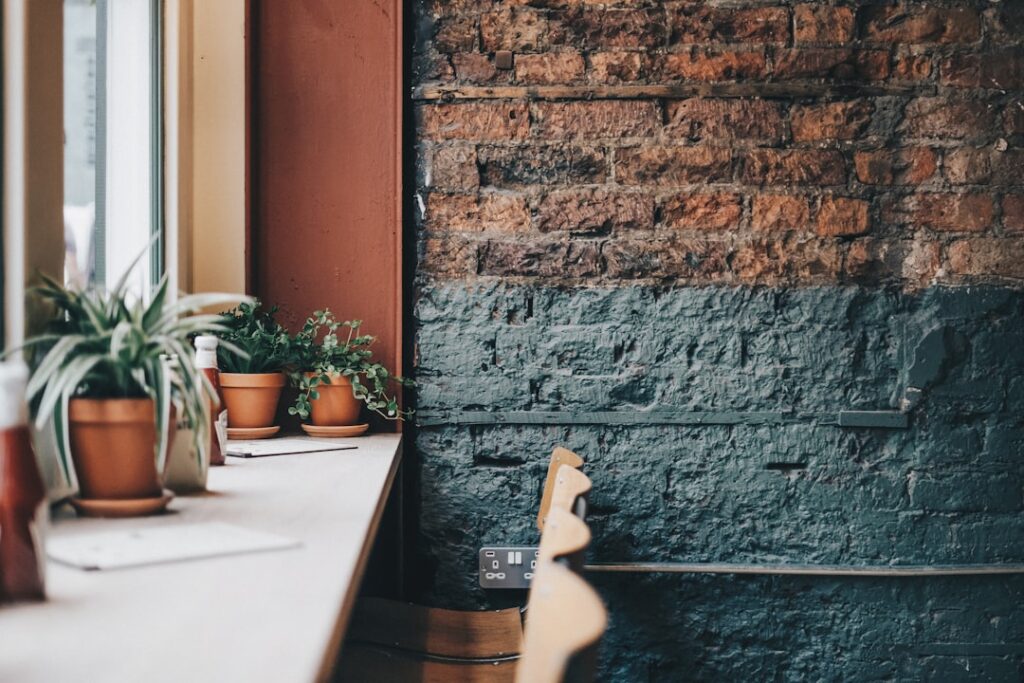The concept of luxury villas has its roots in ancient civilizations, where the affluent elite sought refuge from the bustling life of cities. In ancient Rome, for instance, wealthy citizens constructed grand villas in the countryside, complete with sprawling gardens, intricate mosaics, and opulent furnishings. These villas served not only as retreats but also as symbols of status and power.
The architecture of these early villas was characterized by open spaces, large windows, and an emphasis on harmony with nature, which set the foundation for what would later evolve into the modern luxury villa. As time progressed through the Renaissance and into the Baroque period, the design of villas became increasingly elaborate. The Italian Renaissance saw a revival of classical architecture, with villas adorned with frescoes, ornate ceilings, and expansive terraces that overlooked manicured gardens.
This era emphasized symmetry and proportion, leading to the creation of iconic structures like Villa Medici in Rome. The Baroque period further pushed the boundaries of luxury, introducing dramatic elements such as grand staircases and lavish ornamentation. These historical influences laid the groundwork for contemporary luxury villas, which continue to draw inspiration from their illustrious predecessors.
Key Takeaways
- Luxury villas have a rich history dating back to ancient civilizations, with a focus on opulence and grandeur.
- The decline of elegance in villa design led to a rise in modern luxury villa renovation, preserving the original features while incorporating modern amenities.
- It is important to preserve elegance in renovation by embracing timeless design elements and balancing comfort with opulence.
- Restoring original features in luxury villa renovation adds to the authenticity and charm of the property.
- Sustainability plays a crucial role in luxury villa renovation, with a focus on choosing the right materials for a luxurious finish.
The Decline of Elegance in Villa Design
In the latter half of the 20th century, the design of luxury villas began to shift dramatically. The post-war era brought about a wave of modernism that prioritized functionality over opulence. While this movement aimed to democratize design and make it accessible to a broader audience, it often resulted in a stark departure from the elegance that had characterized earlier villa architecture.
Many luxury villas constructed during this time featured minimalist designs with an emphasis on clean lines and utilitarian materials, which some critics argue stripped away the charm and character that had defined their predecessors. This decline in elegance was further exacerbated by the rise of mass production and prefabrication in construction. As builders sought to reduce costs and increase efficiency, many luxury villas became indistinguishable from one another, lacking the unique features that once set them apart.
The focus shifted from craftsmanship and artistry to speed and affordability, leading to a homogenization of villa design. Consequently, many luxury properties lost their individuality and historical significance, prompting a growing desire among homeowners and architects to reclaim the elegance that had been lost.
The Rise of Modern Luxury Villa Renovation

In response to the decline of elegance in villa design, a renewed interest in luxury villa renovation has emerged in recent years. Homeowners are increasingly recognizing the value of preserving historical features while updating their properties to meet contemporary standards. This trend is not merely about restoring old structures; it is about breathing new life into them while respecting their architectural heritage.
Renovation projects often involve a careful balance between maintaining original elements and incorporating modern conveniences, resulting in homes that are both functional and aesthetically pleasing. Modern luxury villa renovation has also been fueled by a growing appreciation for sustainability and environmental consciousness. Many homeowners are now seeking to renovate their villas with eco-friendly materials and energy-efficient technologies.
This shift reflects a broader societal trend towards sustainability, where luxury is no longer defined solely by opulence but also by a commitment to responsible living. As a result, renovation projects are increasingly focused on creating spaces that are not only beautiful but also environmentally friendly.
The Importance of Preserving Elegance in Renovation
Preserving elegance during villa renovation is crucial for several reasons. First and foremost, it honors the architectural history and cultural significance of the property. Many luxury villas are steeped in stories and traditions that reflect the era in which they were built.
By maintaining original features such as moldings, fireplaces, and staircases, homeowners can ensure that these narratives continue to resonate with future generations. This preservation fosters a sense of connection to the past while allowing for modern living. Moreover, elegant design elements often contribute to the overall value of a property.
Luxury buyers are increasingly discerning, seeking homes that offer unique character and charm rather than cookie-cutter designs. A well-executed renovation that respects the original elegance of a villa can significantly enhance its market appeal. Features such as handcrafted woodwork or intricate tile designs can set a property apart in a competitive real estate market, making it not only a home but also a valuable investment.
Restoring Original Features in Luxury Villa Renovation
Restoring original features is a fundamental aspect of luxury villa renovation that requires meticulous attention to detail. This process often involves extensive research to understand the villa’s architectural style and historical context. For instance, if a villa was originally designed in the Mediterranean style, restoration efforts may focus on reintroducing terracotta tiles, wrought iron railings, or arched doorways that reflect this aesthetic.
Such elements not only enhance the visual appeal but also contribute to the authenticity of the space. In many cases, restoring original features can be a labor-intensive endeavor. Skilled artisans may be required to replicate intricate moldings or restore antique fixtures to their former glory.
This commitment to craftsmanship is essential for achieving a high level of elegance in renovation projects. For example, when restoring a historic villa in Tuscany, homeowners might engage local craftsmen who specialize in traditional techniques to ensure that every detail aligns with the original design intent. This dedication to authenticity not only enriches the property but also supports local artisanship.
Incorporating Modern Amenities while Maintaining Elegance

Preserving Elegance while Embracing Modernity
While preserving original features is vital, incorporating modern amenities is equally important in luxury villa renovation. Today’s homeowners expect state-of-the-art conveniences that enhance their quality of life without compromising aesthetic appeal. The challenge lies in seamlessly integrating these modern elements into the existing architecture without detracting from its elegance.
Hidden Technology Solutions
One effective approach is to create hidden technology solutions that blend into the villa’s design. For instance, smart home systems can be discreetly installed within walls or cabinetry, allowing homeowners to control lighting, temperature, and security without visible devices cluttering the space. Additionally, modern kitchens can be designed with high-end appliances that complement traditional cabinetry styles, ensuring that functionality does not come at the expense of beauty.
Thoughtful Integration for Timeless Charm
By thoughtfully incorporating these amenities, homeowners can enjoy contemporary comforts while honoring the villa’s historical charm.
Embracing Timeless Design Elements in Villa Renovation
Timeless design elements play a crucial role in luxury villa renovation by providing a sense of continuity and cohesion throughout the space. These elements often transcend trends and fads, ensuring that renovated villas remain relevant and appealing for years to come. Classic materials such as marble, hardwood flooring, and natural stone are frequently employed to evoke a sense of timelessness while enhancing the overall elegance of the property.
In addition to materials, architectural features such as coffered ceilings, grand archways, and expansive windows can significantly elevate a villa’s aesthetic appeal. These design choices not only create visual interest but also foster an atmosphere of sophistication and refinement. For example, incorporating large windows allows natural light to flood interior spaces while framing picturesque views of surrounding landscapes—an essential aspect of luxury living that connects residents with nature.
The Role of Sustainability in Luxury Villa Renovation
Sustainability has become an integral consideration in luxury villa renovation as homeowners increasingly prioritize eco-friendly practices. This shift reflects a broader societal awareness of environmental issues and a desire to minimize one’s carbon footprint while enjoying luxurious living spaces. Sustainable renovation practices can encompass various aspects, from energy-efficient systems to responsibly sourced materials.
One notable trend is the use of reclaimed materials in renovation projects. Salvaged wood beams or vintage tiles can add character while reducing waste and environmental impact. Additionally, incorporating energy-efficient technologies such as solar panels or geothermal heating systems not only lowers utility costs but also aligns with sustainable living principles.
By embracing sustainability in their renovations, homeowners can create luxurious spaces that reflect their values while contributing positively to the environment.
Choosing the Right Materials for a Luxurious Finish
Selecting appropriate materials is paramount in achieving a luxurious finish during villa renovation. High-quality materials not only enhance aesthetic appeal but also ensure durability and longevity—essential factors for any luxury property. Natural materials such as stone, wood, and metal are often favored for their timeless beauty and ability to age gracefully over time.
For instance, using Italian marble for countertops or flooring can impart an air of sophistication while providing durability that withstands daily use. Similarly, selecting hardwood flooring made from sustainably sourced timber can create warmth and elegance throughout living spaces. When choosing finishes for fixtures and fittings, options like brushed brass or polished nickel can add a touch of glamour without overwhelming the overall design scheme.
Ultimately, thoughtful material selection plays a crucial role in elevating the luxuriousness of renovated villas.
The Art of Balancing Comfort and Elegance in Villa Renovation
Achieving a balance between comfort and elegance is an art form in luxury villa renovation that requires careful consideration at every stage of the design process. Homeowners desire spaces that are not only visually stunning but also inviting and functional for everyday living. This balance can be achieved through thoughtful layout planning and furniture selection.
For example, creating open-concept living areas allows for seamless flow between spaces while promoting social interaction among family members and guests. Incorporating plush furnishings such as oversized sofas or custom-designed chairs can enhance comfort without sacrificing style. Additionally, layering textures through textiles like silk drapes or cashmere throws can add warmth and coziness to elegant interiors.
By prioritizing both comfort and elegance, homeowners can create environments that feel both luxurious and livable.
Showcasing the Beauty of Revived Luxury Villas
The revival of luxury villas through thoughtful renovation offers an opportunity to showcase their beauty in new ways. As these properties are restored to their former glory or reimagined with modern sensibilities, they become not just homes but also works of art that tell stories through their architecture and design choices. Homeowners often take pride in sharing their renovated spaces with others—whether through private gatherings or public events—allowing them to celebrate both their investment and their commitment to preserving history.
Photography plays an essential role in showcasing these revived luxury villas. Professional photographers can capture the intricate details of restored features alongside modern amenities, highlighting how they coexist harmoniously within the space. Social media platforms have further amplified this trend by allowing homeowners to share their renovation journeys with wider audiences—sparking inspiration among others looking to embark on similar projects.
Ultimately, showcasing these beautiful revived villas serves as a testament to the enduring allure of elegant design combined with contemporary living standards.
If you are interested in luxury villa renovation, you may also want to check out this article on stylish office interior decor. This article provides tips and ideas on how to create a stylish and functional workspace that reflects your personal style and enhances productivity. Just like renovating a luxury villa, designing a stylish office interior requires careful planning and attention to detail to create a space that is both beautiful and practical.


